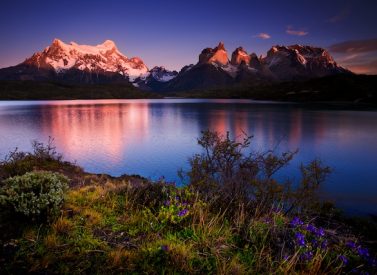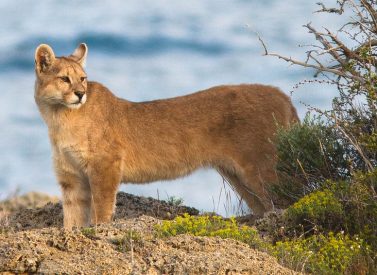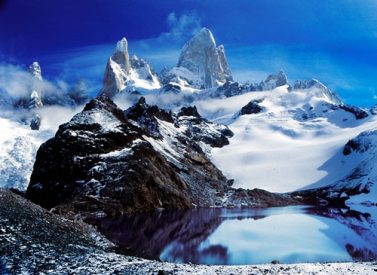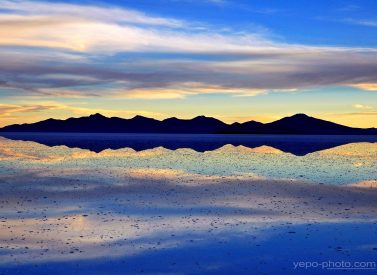Trekking Advice – the right nutrition when trekking at altitude
 by Kathy Jarvis on 9th March, 2018
by Kathy Jarvis on 9th March, 2018
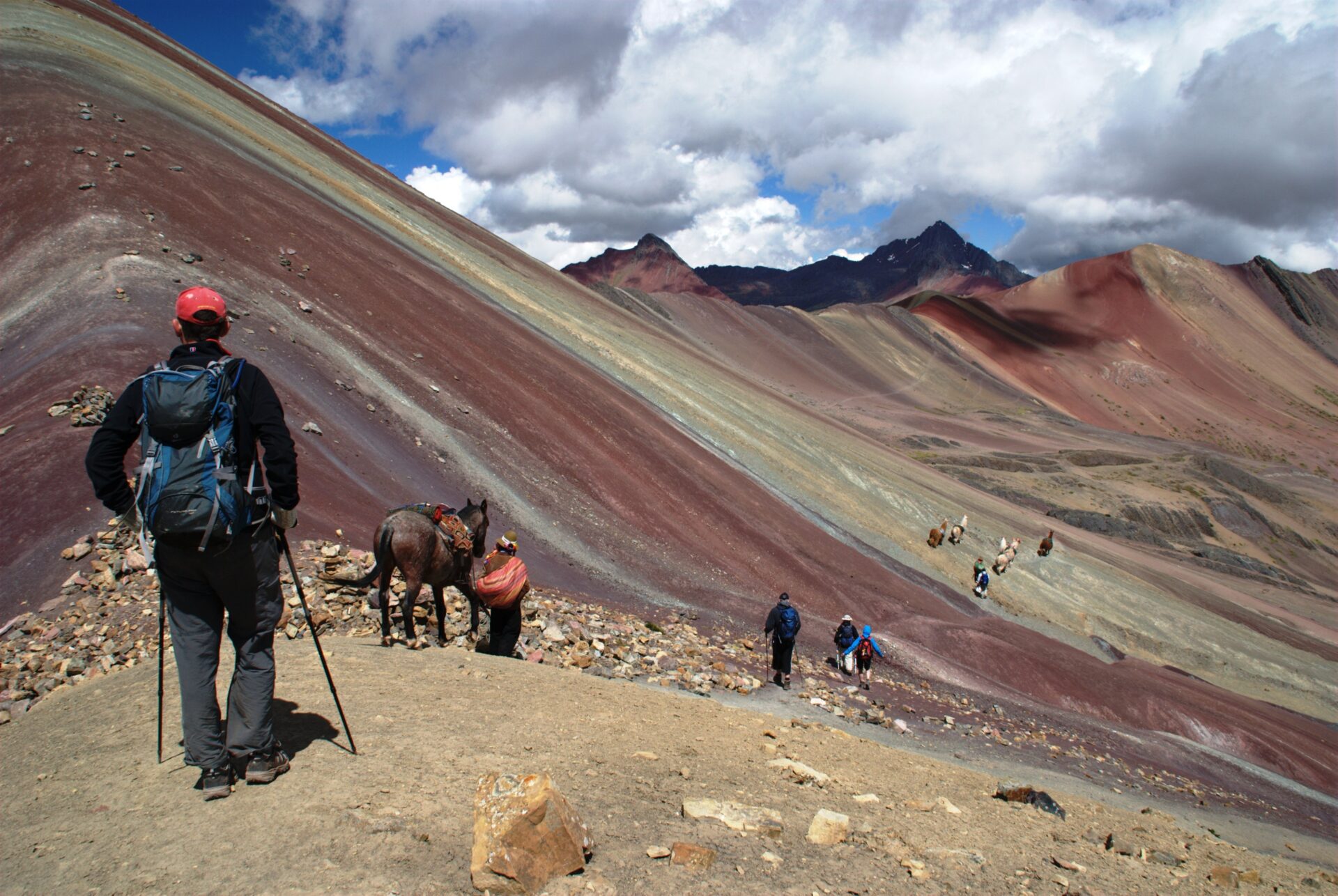
Ausangate trek, Peru
Kathy’s 16 year old niece Sasha has been visiting from Namibia this week. Sasha has a keen interest in sport and nutrition and has been researching the nutrition guidelines for high altitude treks for us. Sasha writes…
“Trekking is a great way to improve fitness and get in shape whether it’s walking around the park or a multi-day trek in South America.
Many people enjoy the benefits of regular walking on a daily basis. This includes toned muscles, improved circulatory and respiratory health, reduction of stress, weight control and many other great benefits. Although trekking is a great form of exercise, it does require preparation and certain things need to be organised in advance like nutritional but light-weight food, water, appropriate equipment/gear and the right mindset!
Below I will be discussing the calorie requirements for trekking, what nutritional and lightweight food you can pack for your trip ahead, how much water you need to stay hydrated and other important advice that may come in handy in the preparation of your trekking trip.

Full of energy on the Condoriri trek, Bolivia
Calorie requirements and expectations
The number of calories burned hiking depends on each persons’ height, weight, age and fitness levels. In general, a 160 lb/ 70kg person burns around 440 calories per hour of hiking. The more you weigh, the more you burn per hour. A 200lb/ 90kg person burns approximately 550 calories per hour.
The intensity of hiking also affects the calories used up. Even after you have finished trekking your body continues to burn calories adding to the total number of calories burnt. This is why it is important to pack enough food so you neither gain or lose weight but rather maintain your weight throughout the trip.
The weight of the load you are carrying and the terrain also greatly influences the rate at which you burn calories. Carrying a light pack will burn between 50 and 100 more calories an hour than if you aren’t carrying any weight, and a heavy backpack that you might need on a longer trek or mountaineering trip would add around 200 more calories per hour.
If the hike is challenging or the terrain is rocky and steep, you will burn more calories than walking along on flat grassy land. It is difficult to measure exactly how many calories the difference in terrain will make but it is worth bearing in mind that on rough ground in the Andes you will be burning up a lot of calories.
It is definitely recommended to do some research on the trek you are doing to see how long you will be walking for each day, ow difficult it will be, what terrain it will be on and how far you will be hiking per day so you have an idea of how many calories you will need to eat to maintain your weight and how much food you will need to pack. Hiking burns on average approximately 3,500 calories per day. This means you will need to consume as many calories over the course of each day to maintain your body weight. A great excuse to pack some of your favourite tasty snacks.

Meal time
The calorie calculator below may give you a rough guideline of how many calories you burn per day
Calorie Calculator
Less active (rest day):
Body weight (lbs.) x (both) 13.5 to 15 calories = range of calories used per day
Moderately active (60 minutes of easy day hiking, climbing, with no pack):
Body weight (lbs.) x (both) 16 to 20 calories = range of calories used per day
Very active (60 to 120 minutes of hiking, climbing, that involves hills and carrying a pack)
Body weight (lbs.) x (both) 21 to 25 calories = range of calories used per day
Extremely Active (long strenuous day of hiking, climbing with a heavy pack):
Body weight (lbs.) x (both) 25 to 30 calories per pound = range of calories used per day
Water – drinking enough at altitude
Fluid is lost easily when hiking in general, and specifically at high altitudes due to sweating. Inhaling cold and dry air can result in a loss of water which may lead to dehydration if you do not replace the water lost from your body.
If you drink only when you feel thirsty, it may be too late and dehydration may have already set in. You need to be drinking constantly with the aim of drinking at least three litres of water per day.
Without enough water it is harder for your body to continue to function well, to eliminate waste, use oxygen, repair damage and produce energy. So plenty of clean water is essential for staying hydrated and feeling good during the trek.

Rodeo Colorado, Argentina
Nutrition
Your body needs food before, during and after a hike. Without sufficient and nutritional food, your body will lack energy. What you eat is very important as it fuels your body like petrol fuels a car. If you do not eat enough your body may run out of fuel and tap into muscle to try and feed your body which is exactly what you don’t want.
You will need a balance of protein, carbohydrates, fats, vitamins and minerals. You will also want the food you are carrying to be light and not take up much space.
Some nutritional but tasty snacks that you may want to pack are:
– Nuts and dried fruits
– Raw fruit bars (high fibre and carbohydrate)
– Pretzels, crisps, popcorn
– Crackers (high carbohydrate)
– Biltong or Jerky (high protein)
– Tuna sachets or other fish sachets (high protein)
Dark chocolate, dried fruit and mixed nuts are my favourite.
Share


 a Tailor Made Tour
a Tailor Made Tour 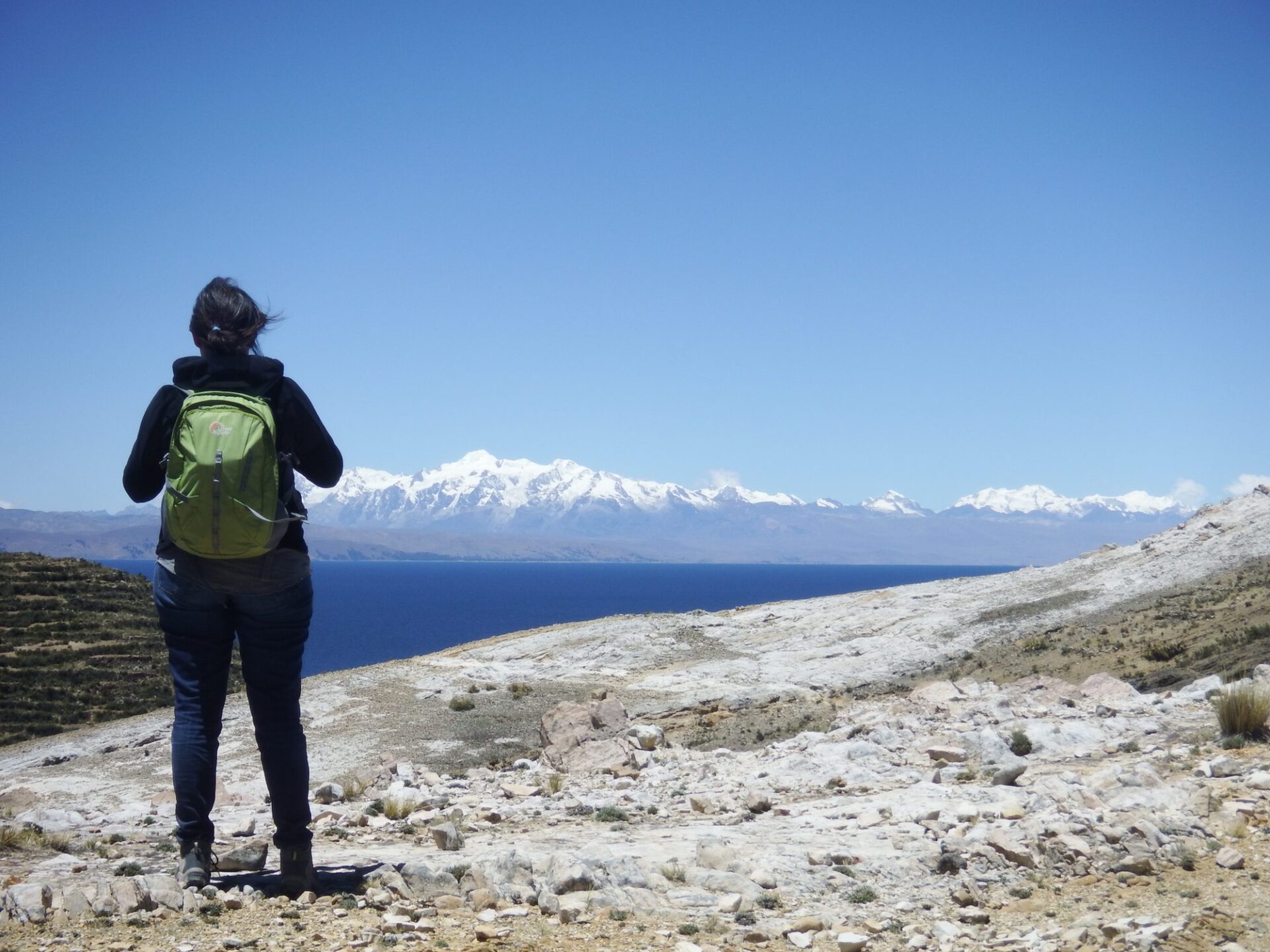

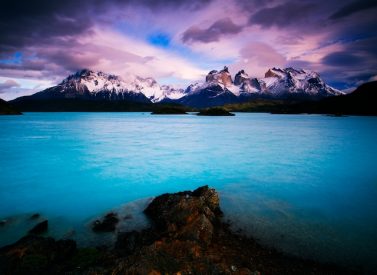
 a Group Tour
a Group Tour 